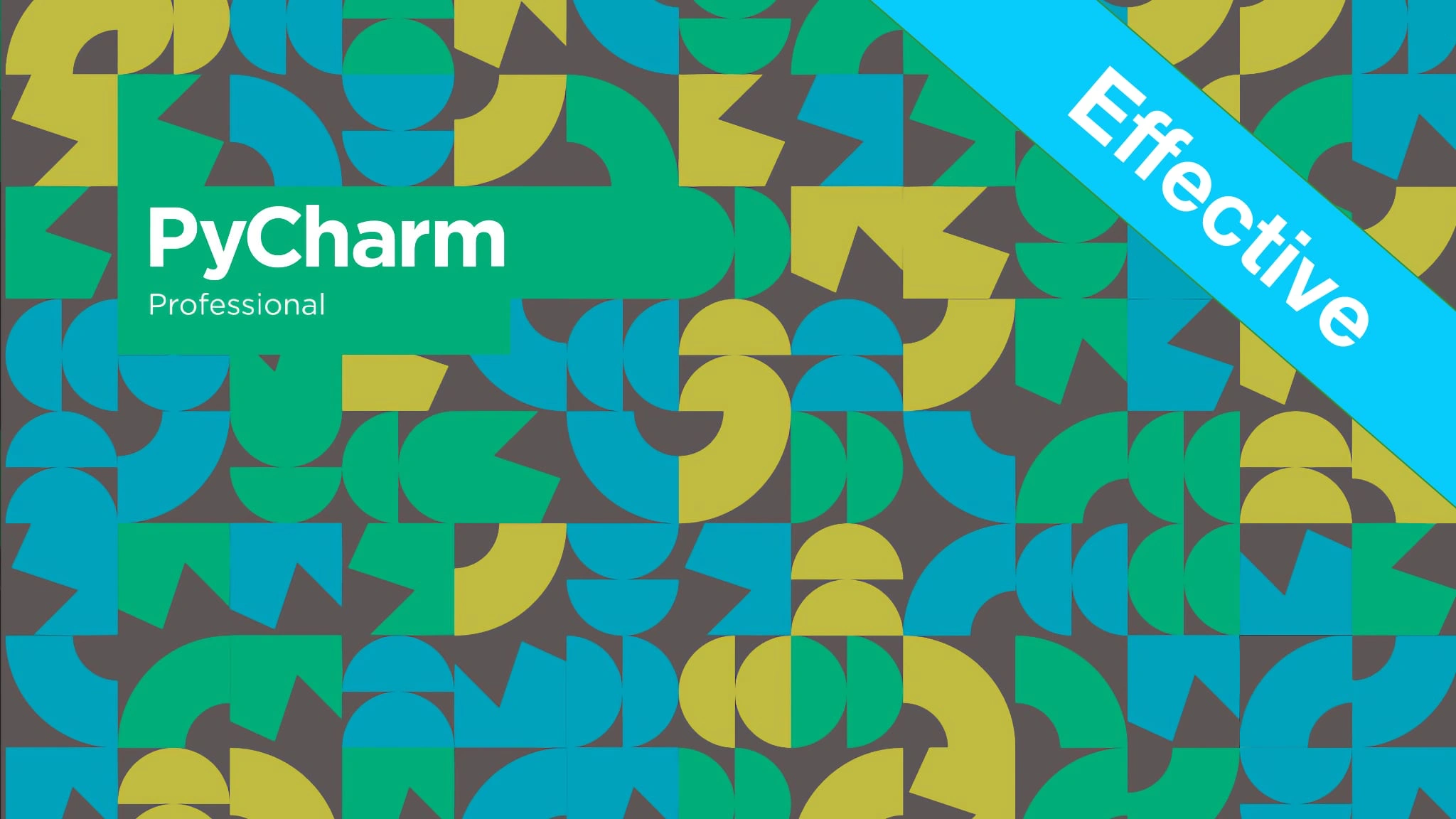Effective PyCharm Transcripts
Chapter: Extending PyCharm with plugins
Lecture: The builtin plugins
Login or
purchase this course
to watch this video and the rest of the course contents.
0:00
Remember that Pyramid where I said we have intelliJ and then built upon intelliJ, we've got things like data lower and WebStorm and we have
0:10
all those things actually manifest themselves in terms of plug -ins. So let's do a quick exploration of some of the built in plug-ins.
0:19
Now, if you go over here and say preferences on Mac, I think this is settings on Windows and Linux,
0:25
we open that up. We can navigate down to the plug ins. But if you're on the start screen, you can just jump right here.
0:31
We're going to focus on the installed ones so you can see these are categorized,
0:35
here's downloaded. These are ones I've installed but then there's a whole bunch also noticed
0:41
the name of the publisher. Then there's a bunch to have these words bundled here We have a bundled database tools. So if we look at that,
0:49
this is Data Grip. Remember I said one of those building blocks was DataGrip is plugged into PyCharm. This is it. You want to take it out,
0:56
you uncheck that and you basically lose all that support but you also lose those UI's and menu UI's, which maybe it's good to have them out of your
1:05
way. You want something clean. You say I'm never going to use this. Under deployment.
1:09
We've got Docker, FTP. It has been since the nineties that I've used FTP deploy something so that's not of interest to me also Puppet and Vagrant.
1:19
I don't really use so actually unchecked these because when you get into the UI. You will no longer have like that whole section on vagrant.
1:26
Under tools will be gone if I uncheck this I left it checked so it looks default for everyone until now. But in general I like to disable the ones that
1:34
I'm absolutely certain I'm not going to use. It cleans up the UI may be maybe not always maybe uses less memory
1:41
We've got Docker, FDP deploy, Puppet and Vagrant. We've seen the HTML tools. Those are bundled.
1:48
Those are fantastic. Some settings synchronization down here. We've got our web stuff like TSLint. and javascript and typescript work.
1:57
That's all really important to me. The Javascript. The debugger looks great. Coffee script. I'm not a fan honestly it's you know,
2:05
typescript seems much better if I'm gonna go with scripted transpired javascript,
2:09
I'm definitely gonna typescript. So again I turn that one off and similarly down here we have some languages, we have style sheet stuff,
2:17
template languages, 'Haml' not gonna be using Haml also we have some of the other source control and so on. So this is all the built and stuff you can
2:26
decide what you want to leave on what you want to turn off but just being very very careful here if realized that these are those IDE.
2:33
Building blocks like that right there. That is Data Grip. Down here in the HTML tools obviously we want to have HTML
2:43
support the javascript stuff and so on. So there's a whole bunch of built in ones and you know,
2:48
they're built in because they have this bundled word by them.
